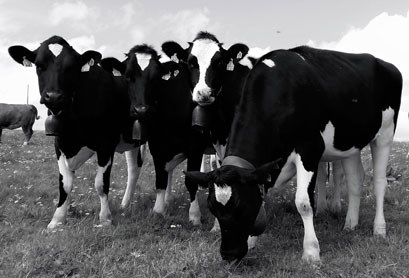Facts:
Publications
- Jerlström, J., Huang, W., Ehlorsson, C.-J., Eriksson, I., Reneby, A., Comin, A., 2022. Stochastic partial budget analysis of strategies to reduce the prevalence of lung lesions in finishing pigs at slaughter. Front. Vet. Sci., 14 October 2022, doi: 10.3389/fvets.2022.957975.
- Jerlström, J., Berg, C., Karlsson, A.H., Wallenbeck, A., Hansson, H., 2022. A formal model for assessing the economic impact of animal welfare improvements at bovine and porcine slaughter. Animal Welfare, 31: 361-371.
- Jerlström, J., Mollbrink, J., Nyman, M., Wallgren, T., 2022. Handling and stunning of pigs and cattle at slaughter: development and implementation of animal welfare protocols. Proceeding the the International Society for Applied Ethology: the 32nd Nordic region winter meeting. Swedish University of Agricultural Sciences, Department of Animal Environment and Health, Report 58, 2022, p. 36.
- Jerlström, J., 2021. A model for economic impact of animal welfare improvements at slaughter of cattle and pig. Book of Abstract 72th Annual Meeting of the European Federation of Animal Science, Davos, Switzerland, 2021, p. 220.
- Jerlström, J., Berg, C., Karlsson, A.H., Wallenbeck, A., Hansson, H., 2021. Is good slaughter profitable? An economic model for animal welfare improvements of bovine and porcine slaughter. Poster presented at the XVI European Association of Agricultural Economists (EAAP) 2021, Prague, Czech Republic.
Other
- Presentation at the 9th EAAE PhD WORKSHOP 22-24 June 2022: Jerlström, J., Huang, W., Ehlorsson, C.-J., Eriksson, I., Reneby, A., Comin, A., 2022. A partial budgeting analysis on different strategies to reduce the prevalence of lung lesions in finishing pigs at slaughter.
